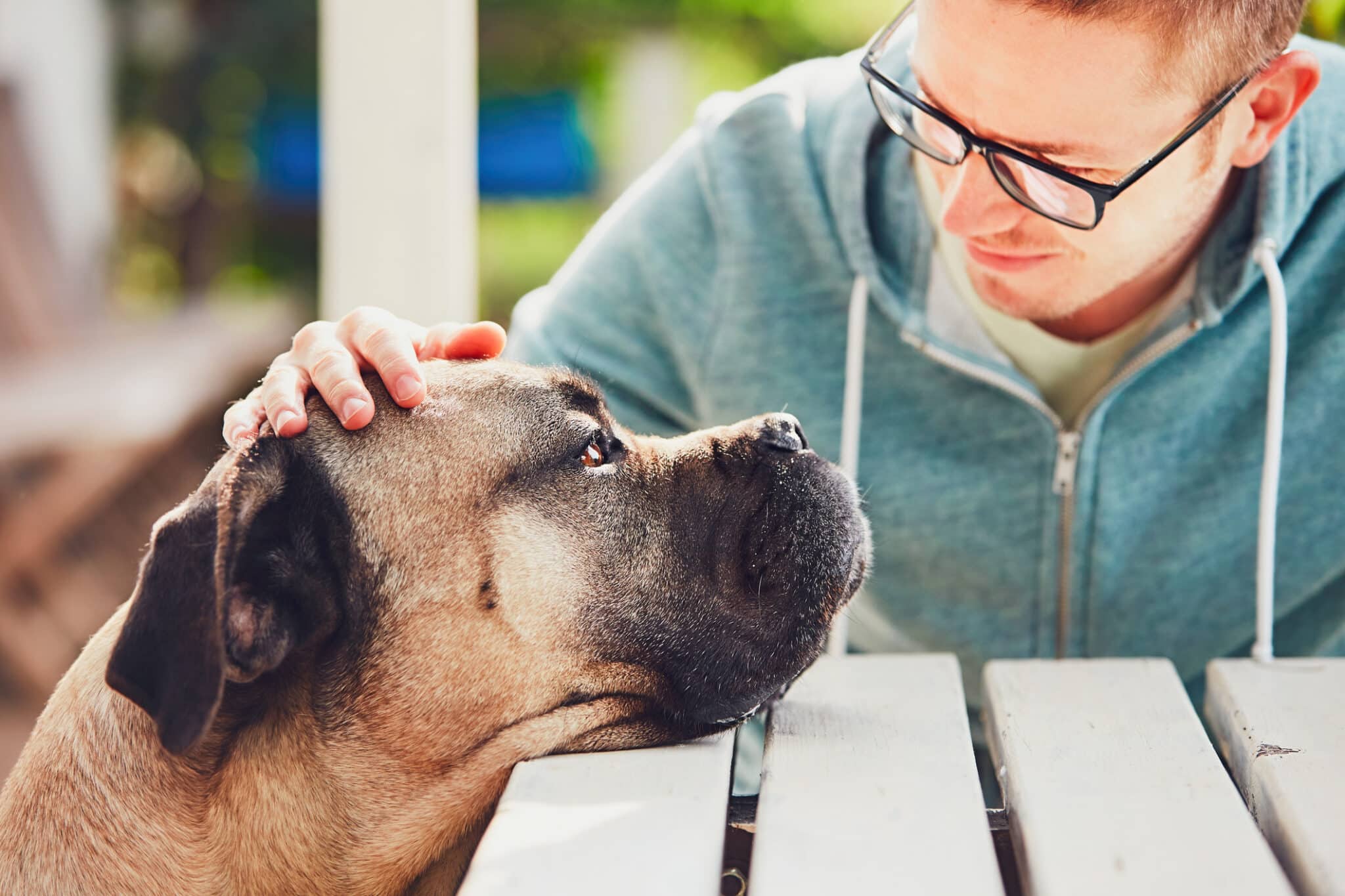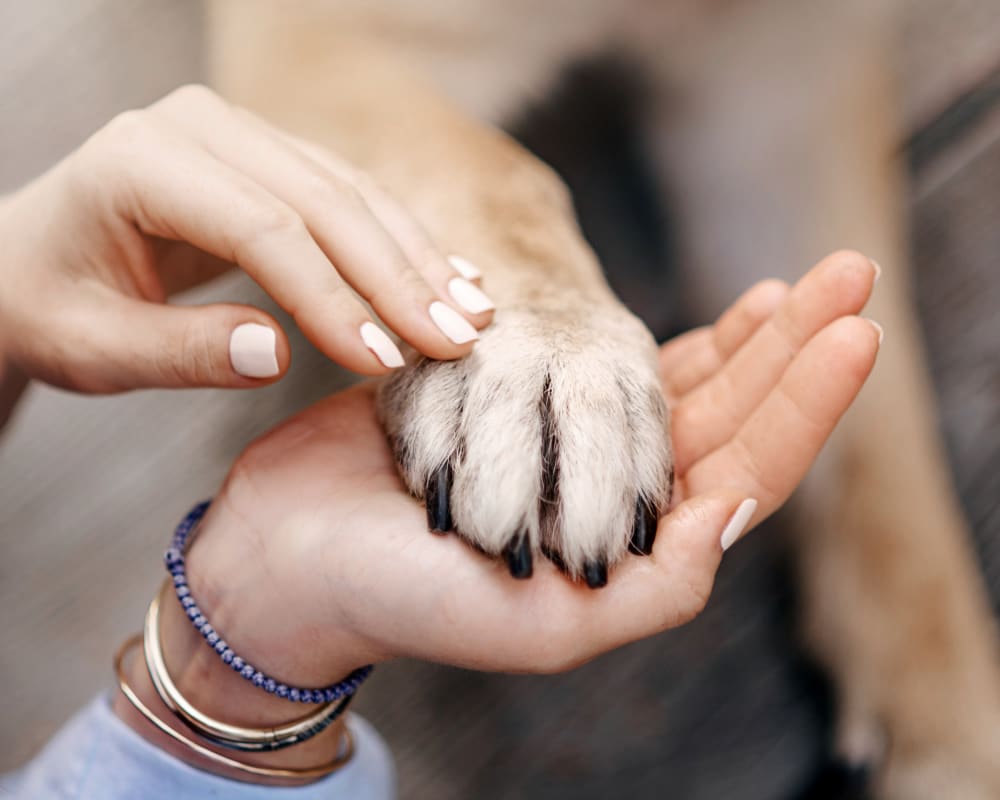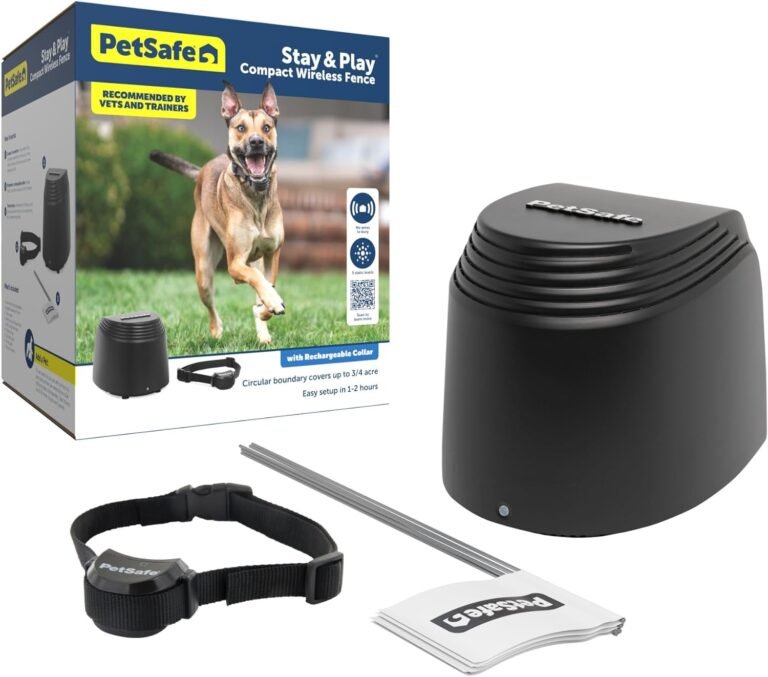Pet Loss and Grief.
Pet Loss and Grief:
A Comprehensive Guide.
Losing a cherished pet can be a painful experience, leaving owners overcome with loss and sadness. The link between humans and animals is profound, and losing a pet may be a devastating as losing a human loved one. According to the American Pet Products Association’s (APPA) poll. More than 60% of pet owners consider their pets to be members of their family. This strong attachment can make it difficult for owners to cope with their pet’s death, and it is critical to recognize and handle the sadness that fellows. In this post, we will look at the process of pet sorrows, as well as how to get help and resources, give support and resources to people in mourning, and advice on how to remember your pet.
Receiving Support from Others.
Receiving support from others can be quite important during the grieving process. Speaking with friends, family, or a pet loss support group can help you process your feelings and feel less alone. It is critical to surround oneself with individuals who understand and validate your emotions.
>Pet support group: Join a local or online support group to connect with people who have been through a similar loss.
Online Community: join online forums, social media groups to connect with others who understand your loss.
Friends and family: Reach out to friends and family members for emotional support and a listening ear.
Professional Counseling: Consider getting professional counseling or therapy to help you process your grief and develop coping strategies.
Memorialization Your Pet.
Memorialization can be a meaningful way to commemorate their memories and deal with your sadness. Creating a memorial can honor your pet’s life and bring a feeling of closure. There are numerous ways to remember your pet, including:
Creating a memory box or a scrapbook filled with photos, mementos, and other reminders of your pet.
>Donating to an Animal Welfare Organization or charity in your pet’s name – planting a tree or garden in memory of your pet:
Creating a personalized memorial, such as a Plaque, Stone, or Statue – Holding a memorial service or ceremony to celebrate your pet’s life. These monuments can act as a permanent homage to your pet and bring a sense of solace and connection during the grieving process.
How to Handle the Grief of Losing a Pet.
Patience, self-compassion, and support are required when dealing with the loss of losing a pet. Here are some strategies to help you deal with your emotions:
Allow yourself to feel your emotions: Acknowledge and accept your emotions, whether they are sadness, range, or guilt.
Take good care of yourself: Excercise, meditation, or spending time outside are all examples of self-care activities.
Seek Help: Contact friends, family, or a pet loss support group for emotional support and a sympathetic ear.
Develop a New Routine: create a new daily routine that isn’t focused on your pet’s requirements.
Professional Help: If your grieving is overwhelming or chronic, you should seek professional treatment from a therapist or counselor. Remember grief is a very personal experience, and there is no right or wrong way to do it. Be gentle and sympathetic with yourself as you go through this challenging moment.
Waiting to Get a New Pet.
Choosing when to obtain a new pet can be challenging, especially if you have recently lost a cherished pet. It is critical to assess your emotional readiness and avoid rushing into getting a new pet to replace the one you lost. Here are some aspects to consider.
>Allow Yourself to Grieve: Allow yourself time to process your feelings and come to terms with the loss of your pet.
>Think About Your Emotional Readiness: Consider whether you are emotionally prepared to welcome a new pet into your life:
Consider Your Lifestyle: Consider your employment schedule, living circumstances, and capacity to provide for a new pet.
Understanding Pet Loss and Greif.
Pet loss and grieving are distinct and individual experiences that can affect people in a variety of ways. Several factors can influence the mourning process. Including the strength of the owner-pet attachment. The circumstances of the pet’s death. The owner’s personal experiences and coping strategies. And the level of support from family, friends, and the community. Additionally, the attachment style and relationship. Dynamic between the owner and pet might have an impact on the grieving process. For example, owners who had a strong, and emotional commitment. To their pet may suffer more intense loss. Whereas those who had a more casual relationship may feel less intense sadness.
Conclusion.
Losing a pet can be sad, but it can also be life changing. We can gain a better understanding of ourselves and our surroundings by identifying and processing our grief. Remember that you are not alone in your loss. And there are numerous services available to help you. Take the time to commemorate your pet’s memories.And when you’re ready, consider welcoming a new furry buddy into your heart. To summarize, pet loss and grieving support are critical for managing. The tough emotions that accompany the death of a cherished pet. We may begin to heal and move forward by getting help. Remembering our pets, and letting ourselves to grieve.






